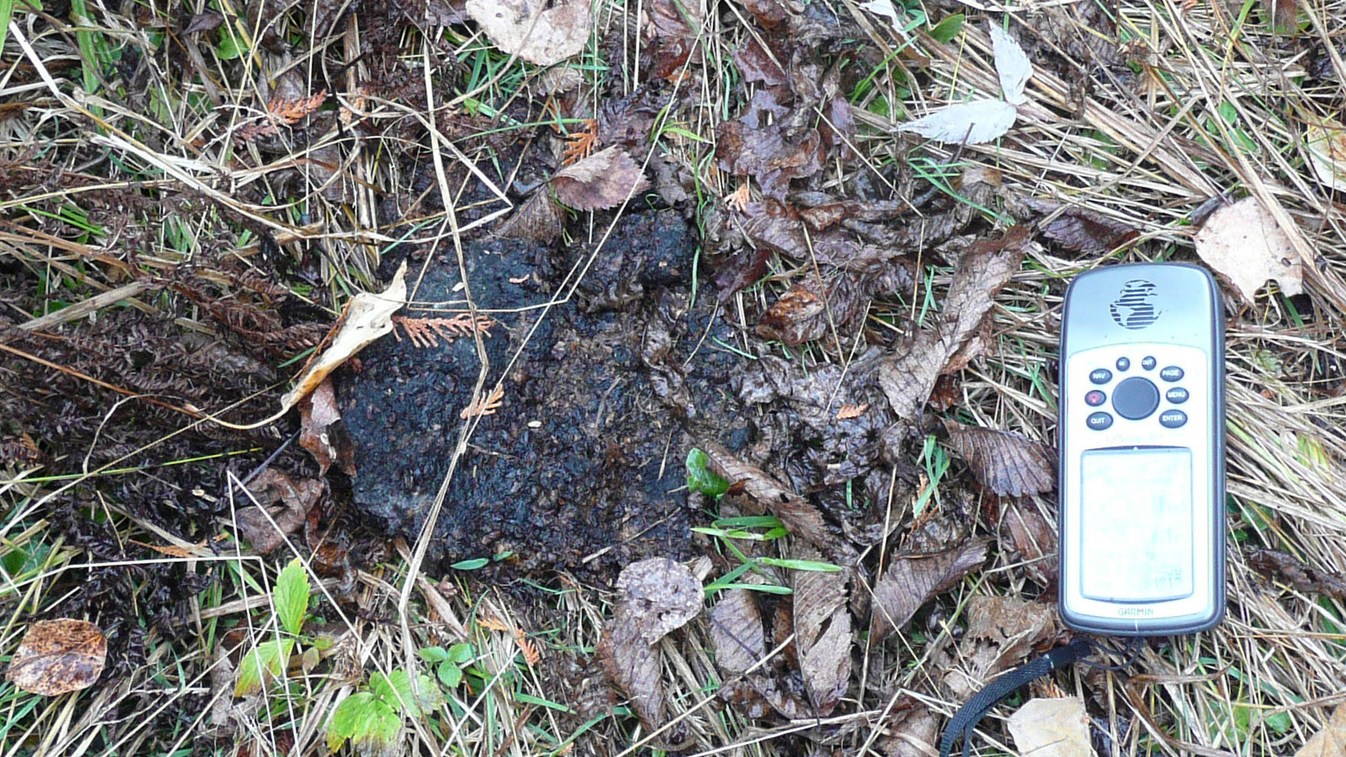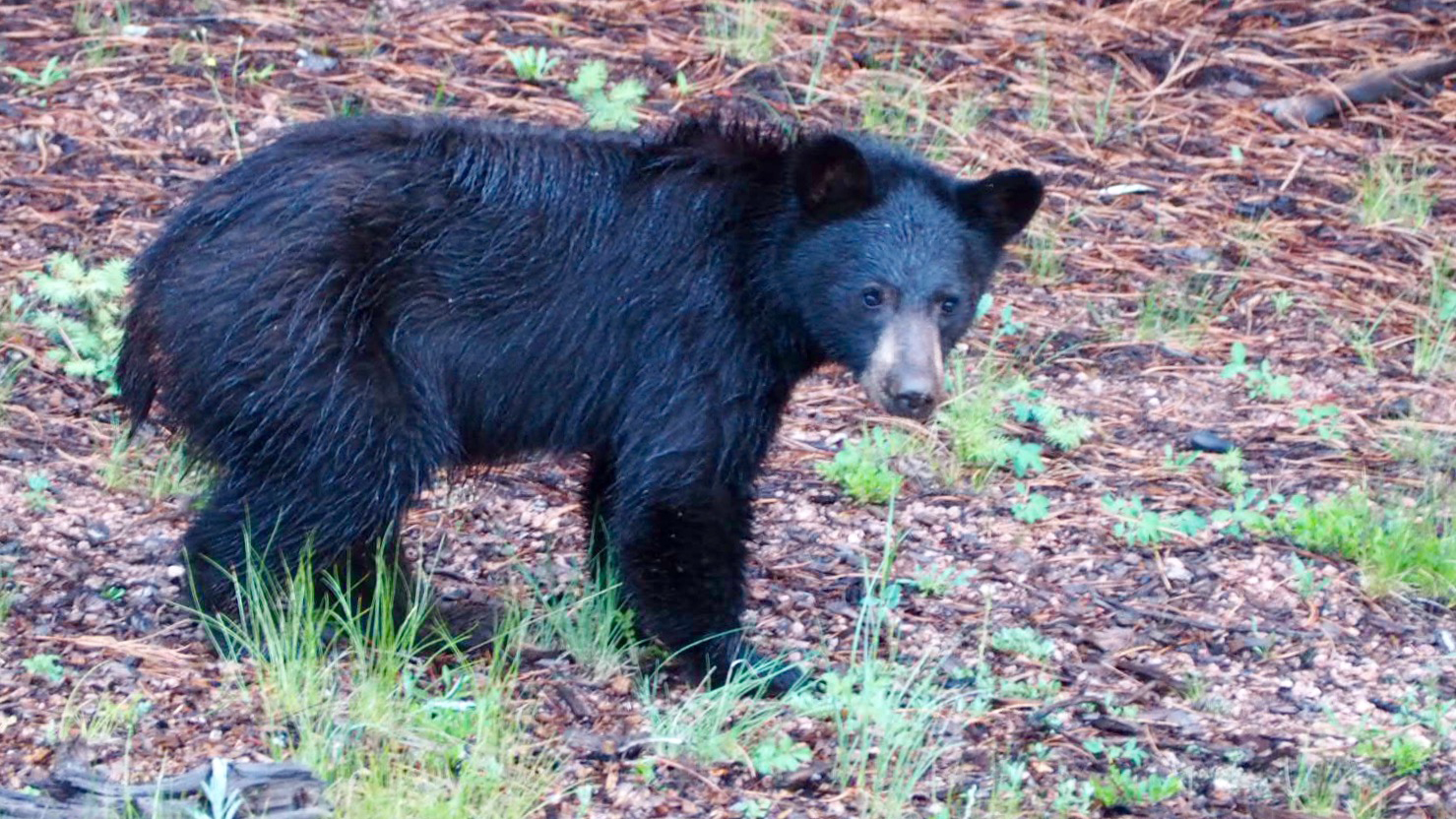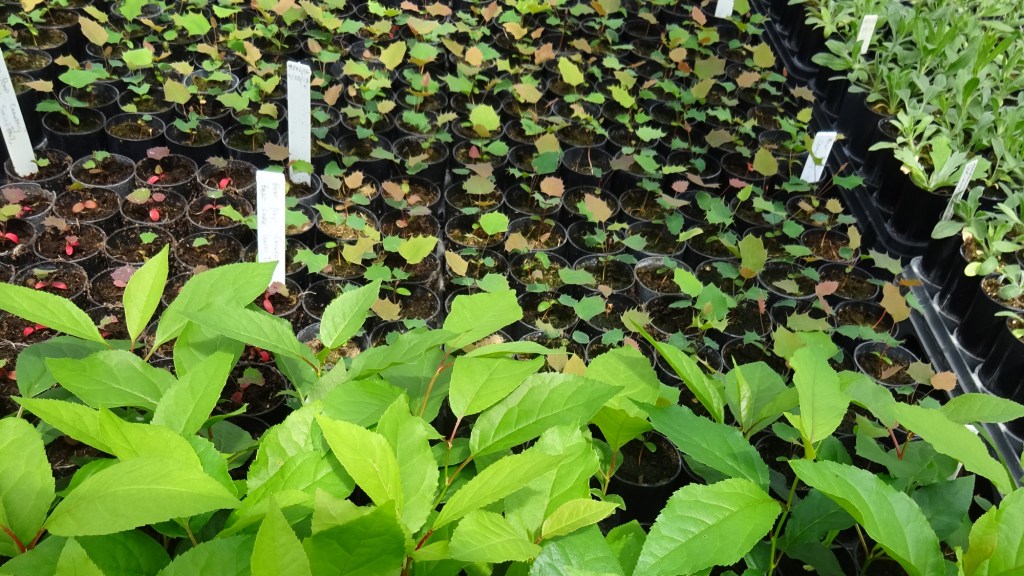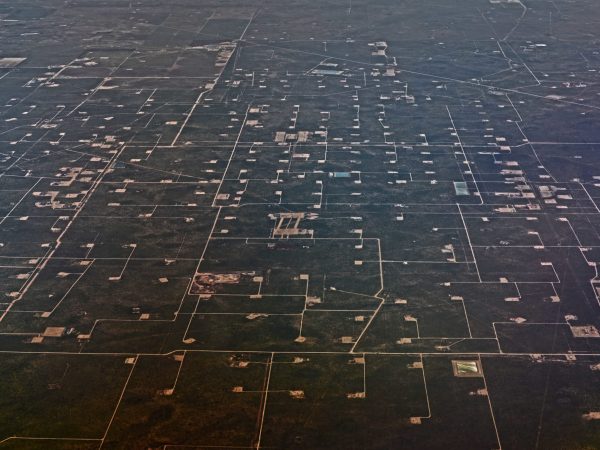My son returns from the gravel bar and says it will do as a camping site. “Just watch out for the pile of dog poop,” he says.
We’re on the final day of a three-day river trip, and this location seems an unlikely location for dogs. I ask my young outdoorsman to show me the poop. He runs to the edge of the willows, about five feet from the waterline, and squats low for close inspection. I do the same. He’s right. It’s poop. But not from a dog.
It belongs to a bear. I can tell because it’s purple in hue and full of berries. Bears bulk up on berries and while I have no interest in picking up the pile, a greenhouse manager in Colorado does. Right about the time I pass on the pile in my camp, she’s collecting one in Rocky Mountain National Park.
“I was pretty excited when I saw the volume of seed in the scat,” says Trish Stockton, Rocky Mountain National Park biological science technician. “It filled a small Ziploc bag a bit bigger than sandwich size and we didn’t touch it.”
She didn’t have to. The dried sample went directly into greenhouse soil at Rocky Mountain National Park where 30,000 to 50,000 plants grow annually. Those plants are distributed among restoration projects within the park: often disturbed sites like construction zones where roads are widened and waterlines are replaced.

“If we don’t have somewhat well established plants that we’re putting in the ground, all it takes is a couple of footsteps and the young guys are trampled and killed,” says Kevin Gaalaas, Rocky Mountain National Park supervisory biologist.
Stockton’s one sample of bear scat from last fall sprouted 1,200 seedlings this spring. Now the greenhouse is, well, green, because of one pile of purple poop full of berry seeds. Mostly Oregon grape with some chokecherry chewed in for variety.

“It’s not the first pile of poop that has been brought to me, I gotta tell ya,” Stockton says. “This is my third try. Other piles I collected over the years didn’t have such a large volume of seed in them. To find a pile with that many seeds in it, I knew I was on my way.”
Adding to the excitement is the human labor scat saves. Woody plants, like chokecherry, are hard for people to germinate. Nature is better at it. Park staff tries to mimic natural germination by soaking seeds in acid baths, but it doesn’t work nearly as well as a bear’s stomach.
And Gaalaas estimates it would take 100 human hours to collect enough seeds to match what’s in the one sample of scat that took a few minutes to bag up, bring in and dump in the dirt.
“We’ve tried to grow these before and it took a lot of effort,” Gaalaas says. “This by far took a lot less effort and got more results than ever before. Sometimes mother nature does a heck of a better job than we do.”
The scat seedlings, which are twice as tall as any human-grown sprout, are not an official scientific study with volumes of data and hours of research. They’re unofficial and called pocket science. This mini-experiment produced the kind of results that make adding real science motivating.
“If we know what’s at seed and when bears will be eating that plant, we could go out at certain times of year for scat with a little guess work,” Gaalaas says. “You have success every once in a while and find a more efficient or better way of going about things. That’s the stuff that makes our day.”

The plants popping out of poop will be distributed throughout the park this summer with the other new plants, grasses and tree starts in the greenhouse. All of them raised with no pesticides, minimum fertilizer and little water. They’re natives so even if they sprout in the greenhouse, they still have to make it in a park that doesn’t have mercy for the weak of limb.
“Rocky Mountain species are well adapted to soils not high in nutrients naturally,” Gaalaas says. “We’re growing for dry climate. They can handle temperature swings. They’re adapted to cold nights, hot days and high elevation.”
Some of the new berry bushes will return to where the scat was found. Maybe one of the park’s other two dozen black bears will come looking for another snack.

Other plants will re-green construction where a waterline was replaced. They’ll naturally improve the view for 4.5 million annual visitors. At least some of those visitors will most likely have some scat questions for Stockton. She can’t wait.
“I’m getting a lot of questions like, what will come out of deer poop or elk poop? I say, ‘Nothing. They don’t eat berries,’” Stockton says. “It’s opened up a conversation for sure. That’s wonderful. I’m totally into what I’m doing and when I get anybody interested in what I’m doing and they let me talk for five minutes, I’m thrilled.”
And I’m intrigued. A plastic bag for bear scat is going on my next river trip. I’d like some chokecherries in my backyard.




In my breakfast, I eat blackberries, blueberries, strawberries and raspberries (not at the same time). I’m am NOT going to plant my “scat” in order to start a berry garden. 🙂
That is nature at it’s best. It is certainly interesting that bears are able to process the seeds well enough to simply dump the scat in soil & the next thing you know, new trees appear. Thank you for an excellent article that proves to be educationally entertaining for curious minds that like to know how Mother Nature does her job so well!
Deer can spread seeds, too! http://news.cornell.edu/stories/2003/07/deer-help-disperse-seeds-including-noxious-weeds
Well, then. I am so happy I did not pick up the piles of bear scat in my yard. Who knows what I’ll find growing there next spring!
I found this piece fascinating. I am not at all familiar with the term, “scat.” I read quite a bit, but I’d never seen “scat” used in any of my reading. It has encouraged me to read further to see whether I find “scat” used in anything I encounter. I’m not in the least interested in human or animal waste, but I find it hard to believe I’ve never run in to this term.
Everything gardens. Brilliant post!
Try planting the deer poop. In our neck of the woods, the Ottawa Valley, deer disperse Trillium, orchids, and many invasive weeds.
What a great story and wonderful photos!
What a great article. Loved it.
What a great story and another reason to protect our wildlife. Let nature be.